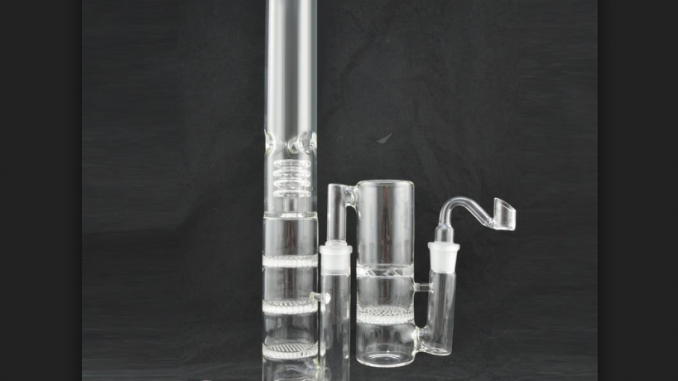
Here’s a list of all the factors involved with cannabis harm reduction and what those terms mean:
Dose: amount you take at one time.
Titration: how you controlled your dose.
Familiarity: how often you have used that particular stuff.
Quality: how perfect the stuff is.
Purity: how clean the stuff is.
Potency: how strong the stuff is.
Freshness: how recently it was harvested or produced.
Strain: what kind of cannabis it is, and what cannabinoids and terpenes it contains.
Setting: your surroundings.
Mindset: your temperament, attitude, intelligence and experiences.
Individual Physiology: how healthy you are, diet, sleep and other drug habits
Mode Of Administration: method you use to get it inside your body.
Concurrent Drug Use: what other stuff you’re on at the moment.
Substitution: what you’re using cannabis instead of, or what you’re using instead of cannabis.
Basically, if you keep your cannabis use to smoking or eating small amounts of high-quality organic stuff – cooling the smoke to avoid heat damage to the lungs and keeping it organic to avoid radioactive chemical fertilizers – if you do that, and keep your cannabis use to high-pleasure, low pressure activities, then you are practicing cannabis harm-reduction.
If your use does not interfere with your life goals, then you’re not overdoing it.
Listen to the messages your body tells you – it will let you know what dose and strain work best for you, or when you have taken too much, or too little, or when it’s time to take a break, or reduce your dose, or switch to some other herbal medicine for your stress or depression.
Those body signals are important – never ignore them.
